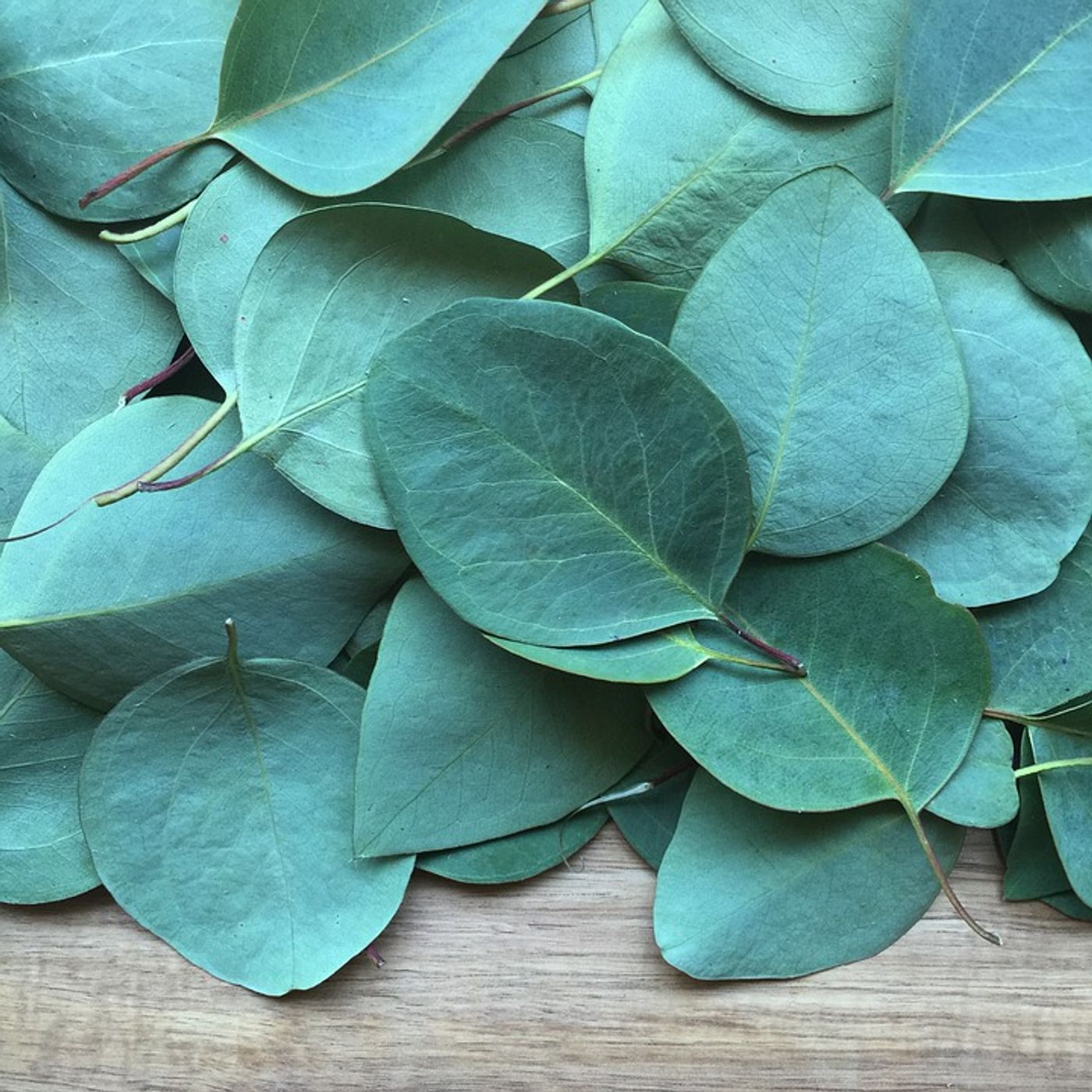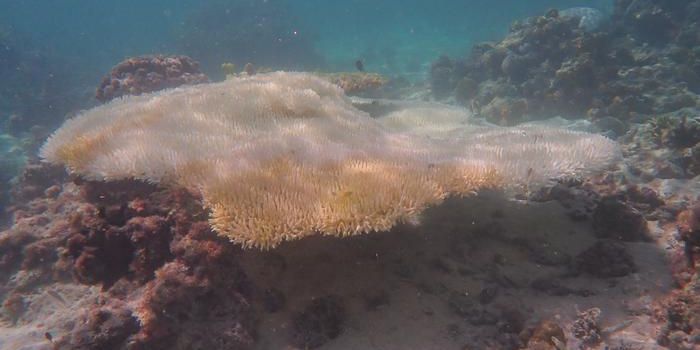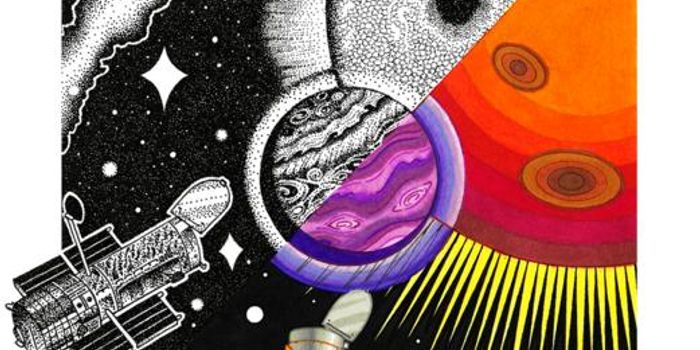Indigenous fermentation processes require complex chemical reactions
A study published in the Nature journal Scientific Reports uncovers the complex chemical processes behind aboriginal fermentation processes. The work, which looks into the microbial communities associated with the natural fermentation of sap from the Tasmanian cider gum, Eucalyptus gunnii, comes from researchers at the University of Adelaide and the Australian Wine Research Institute (AWRI).
The cider gum is an iconic Tasmanian species native to the Central Plateau of Tasmania. The fermented drink made from its sap is called way-a-linah by the Tasmanian Palawa people.
"Cider gums produce a sweet sap that was collected by Aboriginal people to produce a mildly alcoholic beverage," says lead author Dr. Cristian Varela, Principal Research Scientist with the AWRI. "To the best of our knowledge, the microorganisms responsible for this traditional Australian fermentation have never been investigated or identified."
In order to address this curiosity, a collaboration of AWRI, Tasmanian Aboriginal Centre, and Tasmanian Land Conservancy scientists tapped sap from the cider gums in order to analyze the bacterial and fungal communities living in it.
Using DNA sequencing, the team identified several classifications of bacteria and fungi that had not ever before been documented. “Phylotyping also revealed several fungal sequences which do not match known fungal genomes suggesting novel yeast species,” write the authors.
Research leader Professor Vladimir Jiranek, Professor of Oenology with the University's School of Agriculture, Food and Wine, comments on the scientific and cultural implications of this study, explaining:
"The wider community is not typically aware of these historic traditions. This work shines a light on these practices and the cultural significance of these unique fermentations. It also allows us to identify new strains, or species, of yeast and bacteria from the fermentations that are unique to Australia. Further work will characterize single microorganisms that have been isolated and grown from the cider gum."
"We are particularly interested in their fermentative abilities, their potential flavor impacts, how they've adapted to the cider gum environment and the possible symbiotic relationship they have with the trees. We look forward to continuing our work with relevant Aboriginal communities in order to understand these and other processes, and help revive lost practices or perhaps develop new ones from these."
Sources: Scientific Reports, Eureka Alert









